The United States faces a big challenge from invasive species. Many animals and insects aren’t native and can harm the local environment. They’ve arrived in various ways, from on ships to accidentally being released as pets.
The US-RIIS lists more than 8,600 invasive species. We picked out the most common and dangerous ones.
Knowing about these species can help protect our ecosystems. Let’s take a closer look at them.
Burmese Python

The Burmese python is not native to the United States but has become a serious invasive species in Florida. These giant snakes were likely released from the pet trade and can grow up to 20 feet long. They are apex predators in the Everglades and have caused a decline in many mammals and birds due to having no natural enemies.
Northern Snakehead
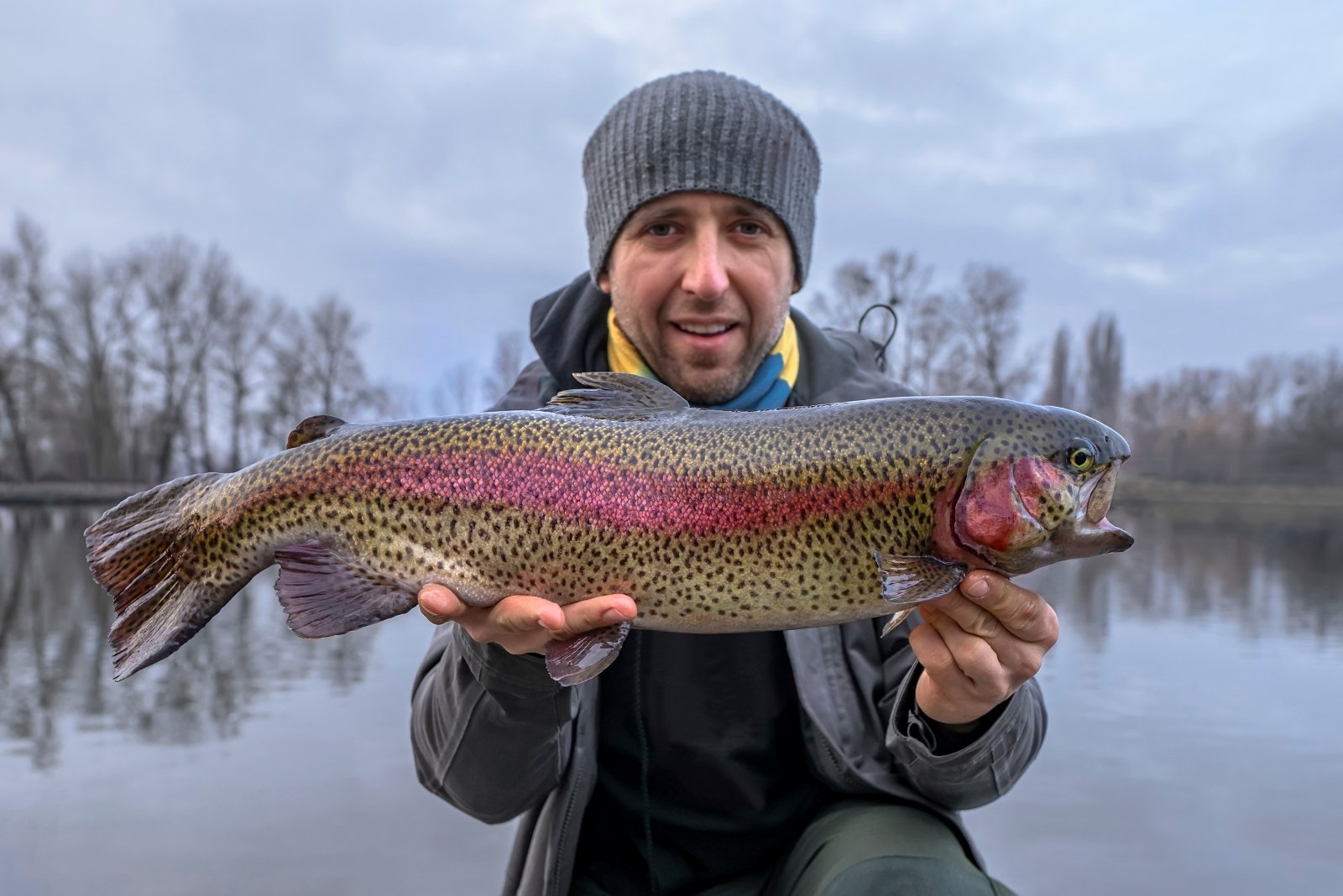
The Northern Snakehead is a fish native to freshwater areas in Eastern Asia. They are invasive in the United States because they can survive for long out of water. This lets them travel over land to find new bodies of water. They can eat and survive on a wide variety of fish. This makes them a big threat to amphibians, invertebrates, and the local ecosystem.
European Green crabs

The European green crab is an aggressive invader that preys on shellfish and other small animals. It is found along the Atlantic coast of North America.
Due to its aggressive nature, European green crabs can outcompete native crab species for food and shelter. They were possibly introduced through ballast water. European green crabs can also damage fishing gear and aquaculture operations.
Domestic Cats

While many consider cats pets, feral cats can be a major threat to native wildlife. Feral cats are domesticated cats that have returned to the wild. They can reproduce quickly, which causes a huge spike in their number. They are efficient predators that can prey on a variety of birds, mammals, and reptiles. Feral cats are estimated to kill billions of birds each year in the United States.
European Starlings
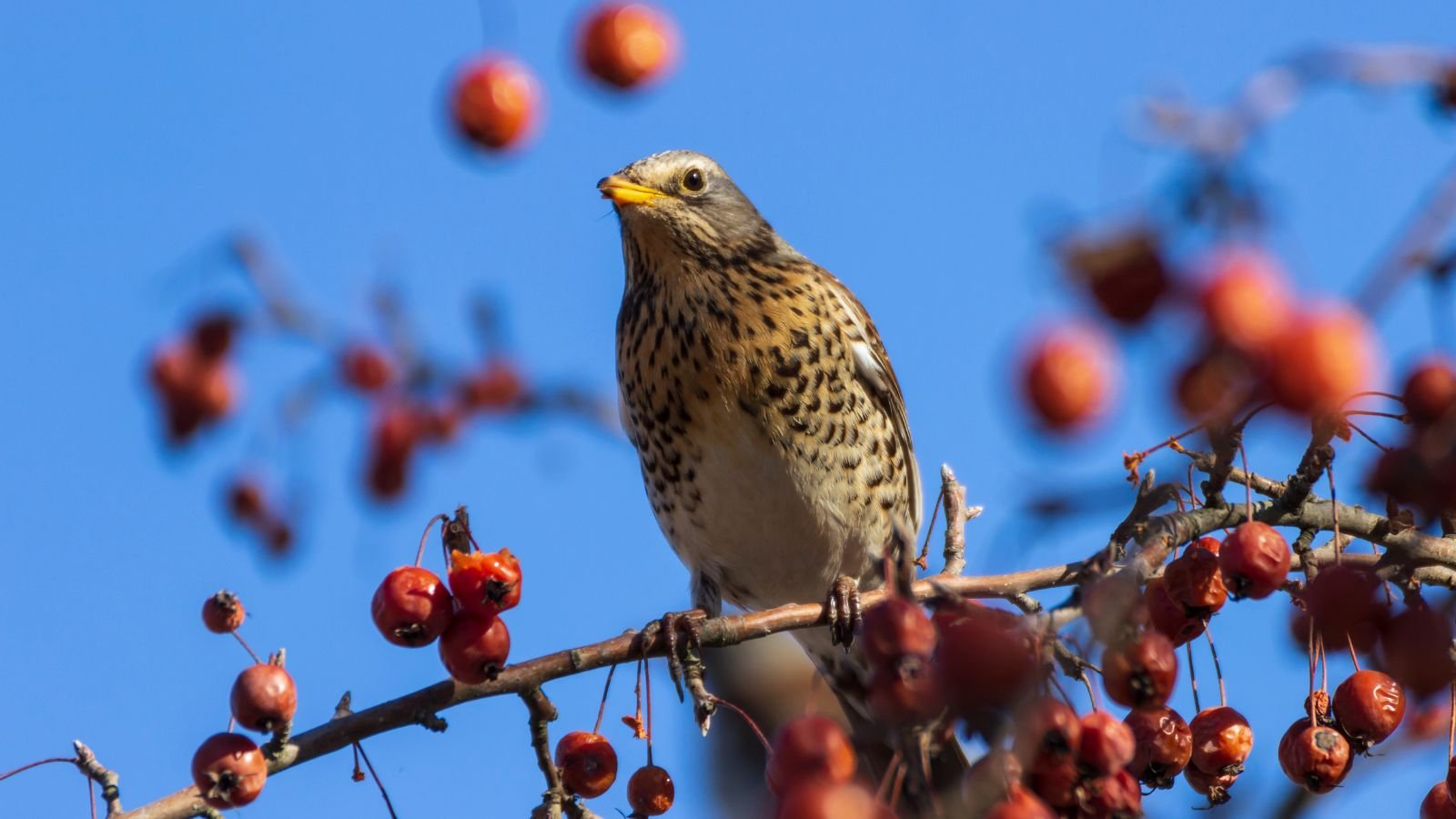
The European Starling is a small, noisy songbird native to Europe and Asia. It was introduced to North America in the late 1800s. It has since become one of the most common birds on the continent. European Starlings are aggressive competitors for food and nesting sites. So, they often displace native bird species.
Nutria
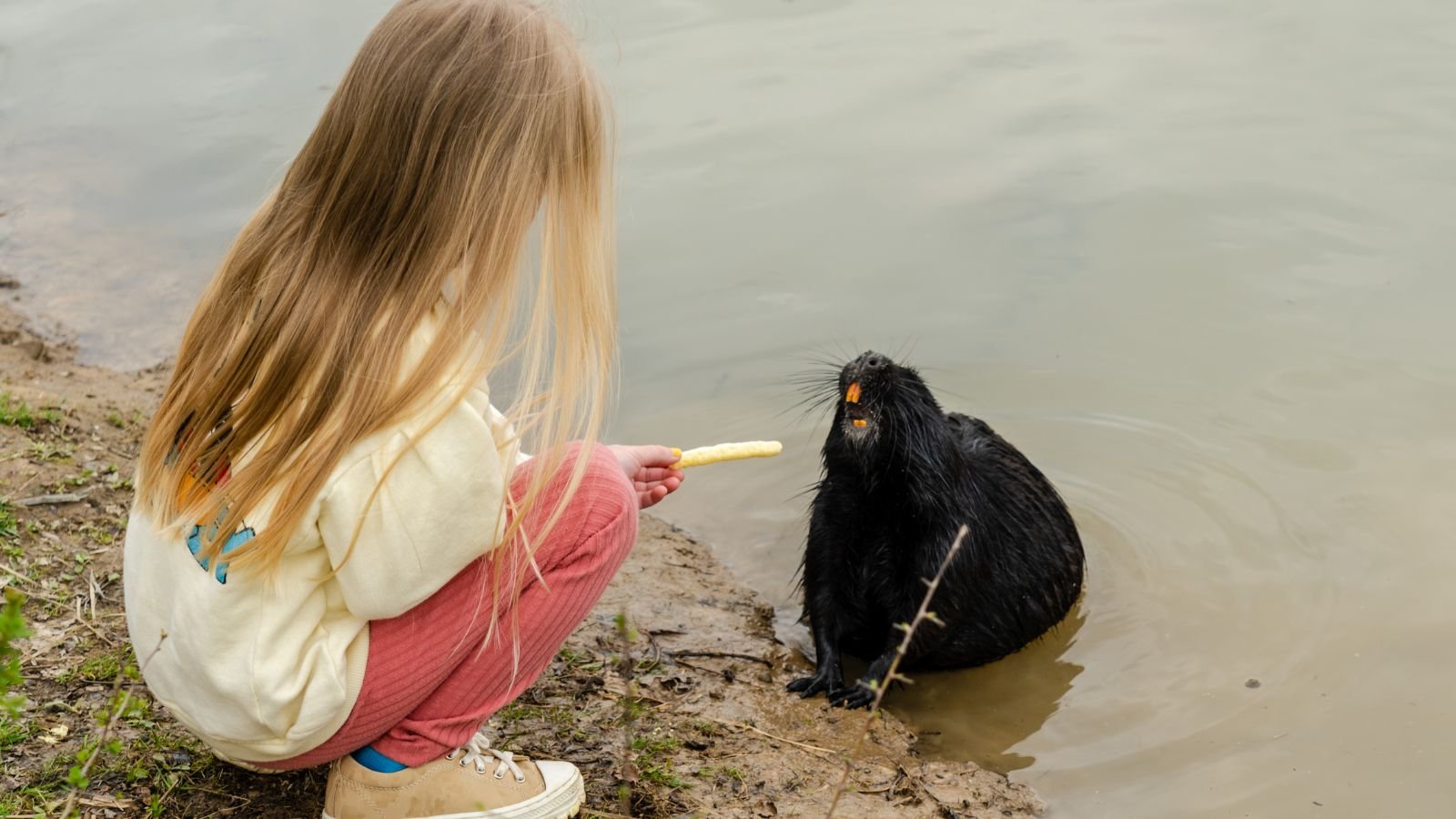
Nutria are large rodents native to South America. They were introduced to the United States for the fur trade but escaped fur farms and are now found in many states. Nutria are herbivores. Nutria prey on a variety of plants, including reeds, bulrushes, and grasses. They can damage wetlands by eating these plants and burrowing into the ground.
Emerald Ash Borer
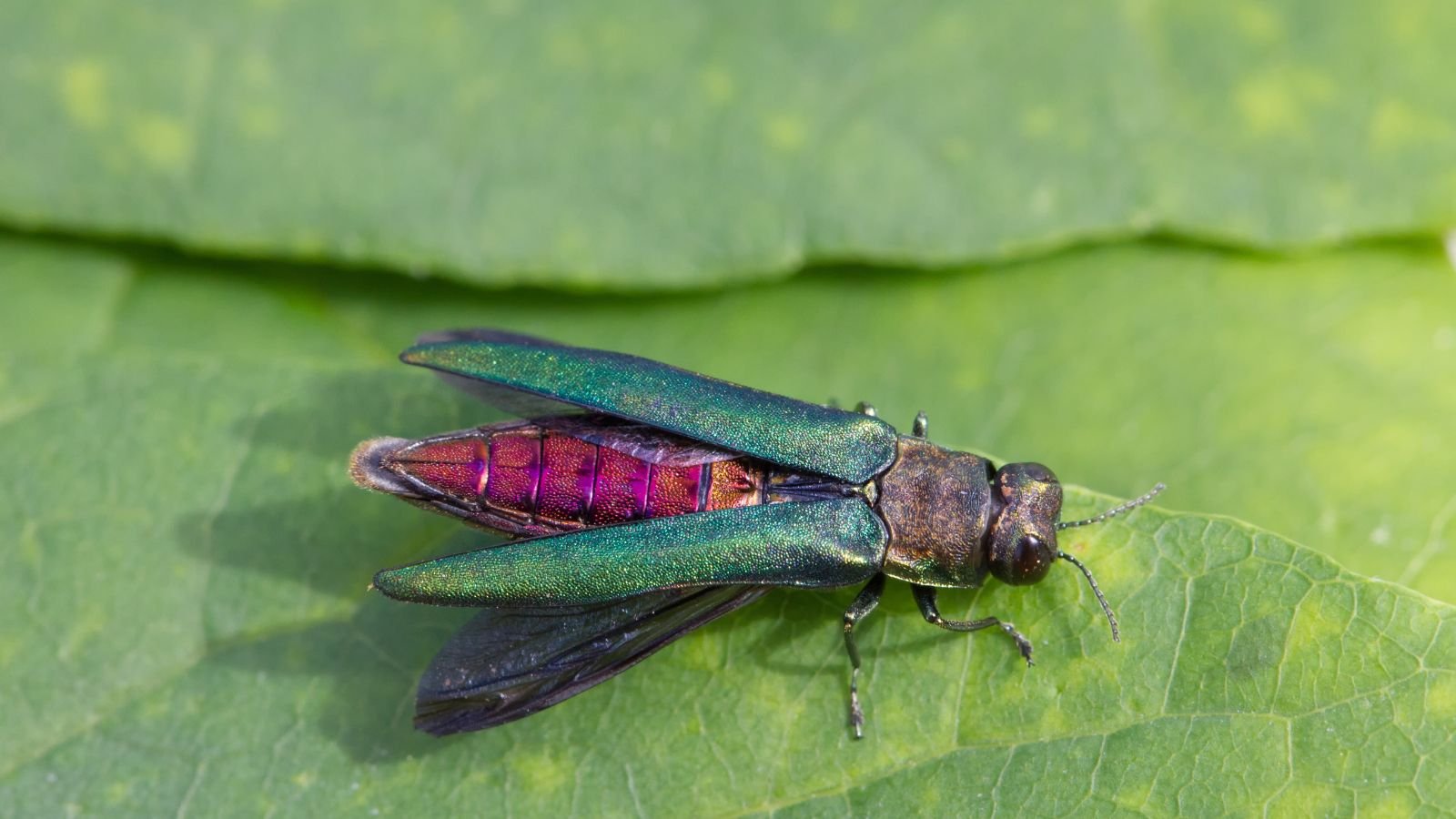
The Emerald Ash Borer is a beetle native to Asia that has become a serious invasive species in North America. It attacks and kills ash trees by burrowing under the bark and eating the inner layers of the tree. The Emerald Ash Borer has killed millions of ash trees in the United States and Canada.
Feral Swine/ Wild Boar
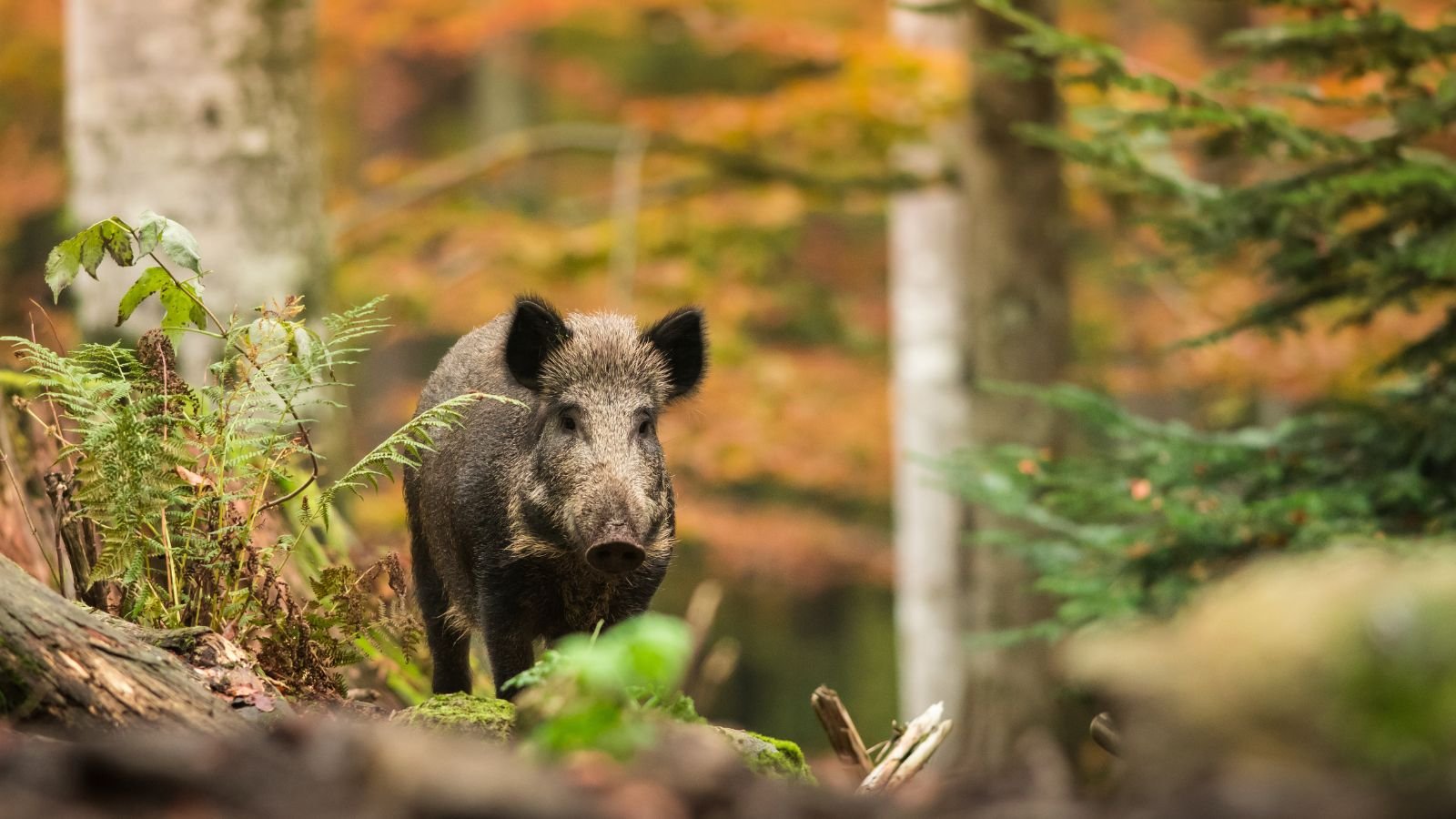
Feral swine are wild pigs descended from domestic pigs. They most likely have escaped from farms or captivity. They are found in almost 35 states of the United States and can cause damage to crops, yards, and natural areas. Feral swine also carry diseases that can infect domestic pigs and wildlife.
Spiny water flea
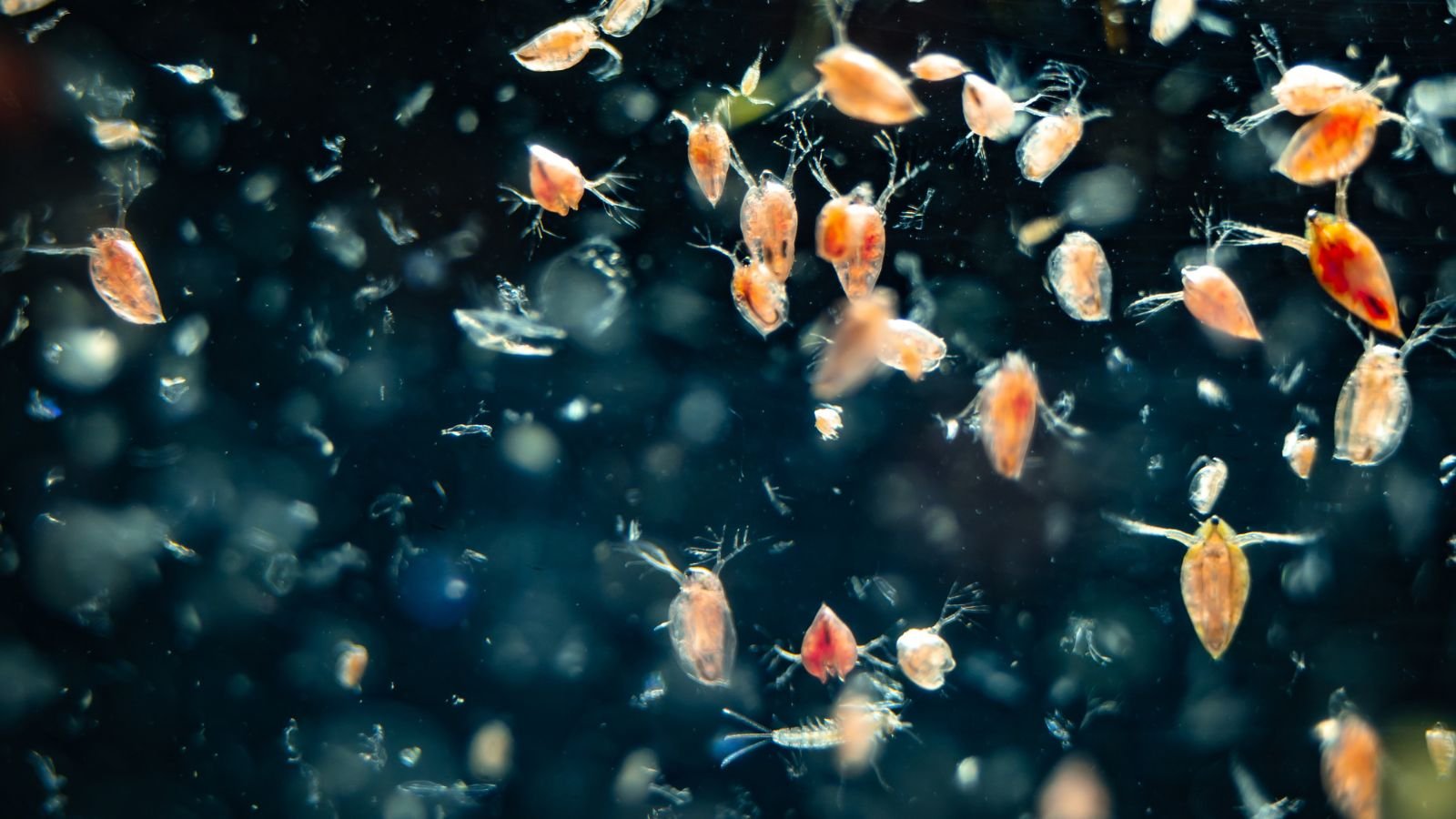
The Spiny Waterflea is a tiny crustacean native to Eurasia, and it was introduced to North America in the Great Lakes through ship ballast water. Spiny water fleas are filter feeders that can compete with native fish for food. They can also clog water filters and pipes.
Giant African land snail
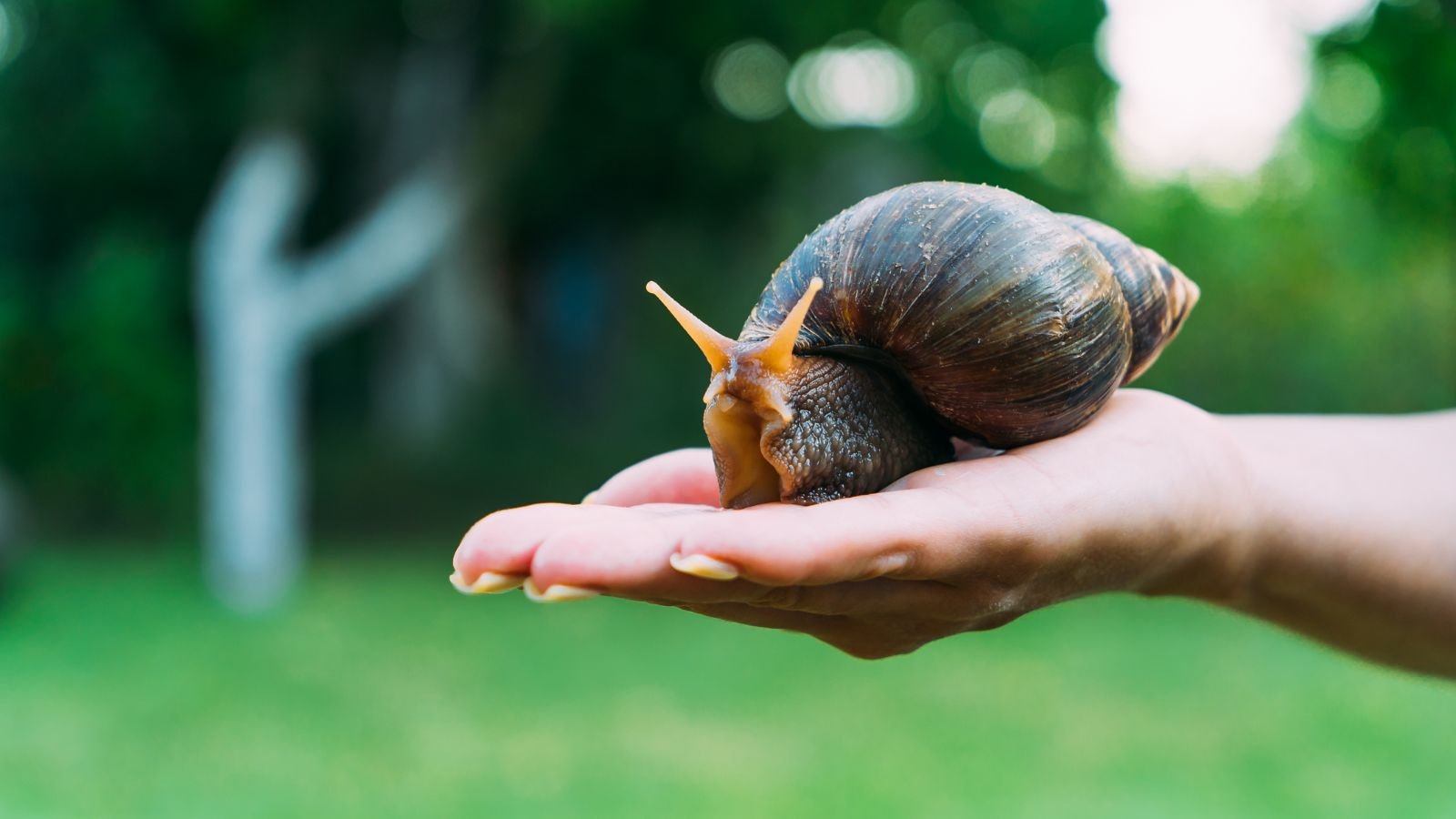
The Giant African Land Snail is one of the largest land snails in the world. It is native to East Africa but has been introduced to many other places, including the United States. Giant African Land Snails can eat almost 500 varieties of plants, posing a huge threat.
Zebra Mussel
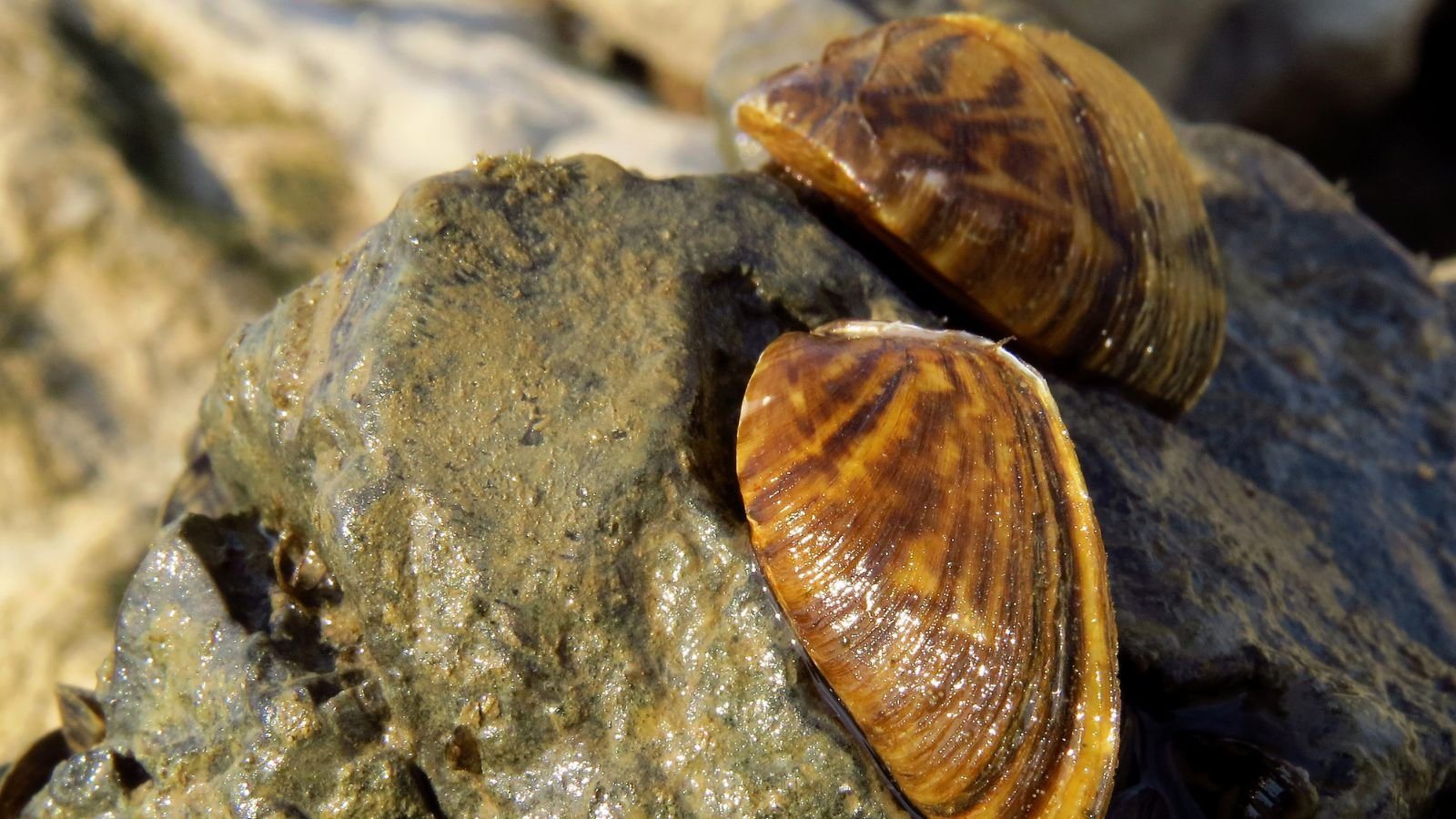
Zebra mussels are small, fingernail-sized shellfish with distinctive zebra-like stripes on their shells. They’re not native to North America and arrived in the Great Lakes, likely by ship ballast water.
Being a filter feeder, they pose a threat to native mussels and other creatures that rely on the same method of feeding. Zebra mussels also cling to surfaces in massive colonies, clogging pipes and causing problems for boats and docks.
Lymantria Dispar (Gypsy Moth)

Lymantria dispar, also known as the European gypsy moth or spongy moth, is a hairy caterpillar that can eat many different kinds of leaves. It is not native to North America and was accidentally introduced in the late 1800s. Gypsy moth caterpillars can completely defoliate trees, leaving them bare. This weakens trees and can even kill them. Outbreaks of gypsy moths can cause widespread damage to forests.
Spotted Lanternfly
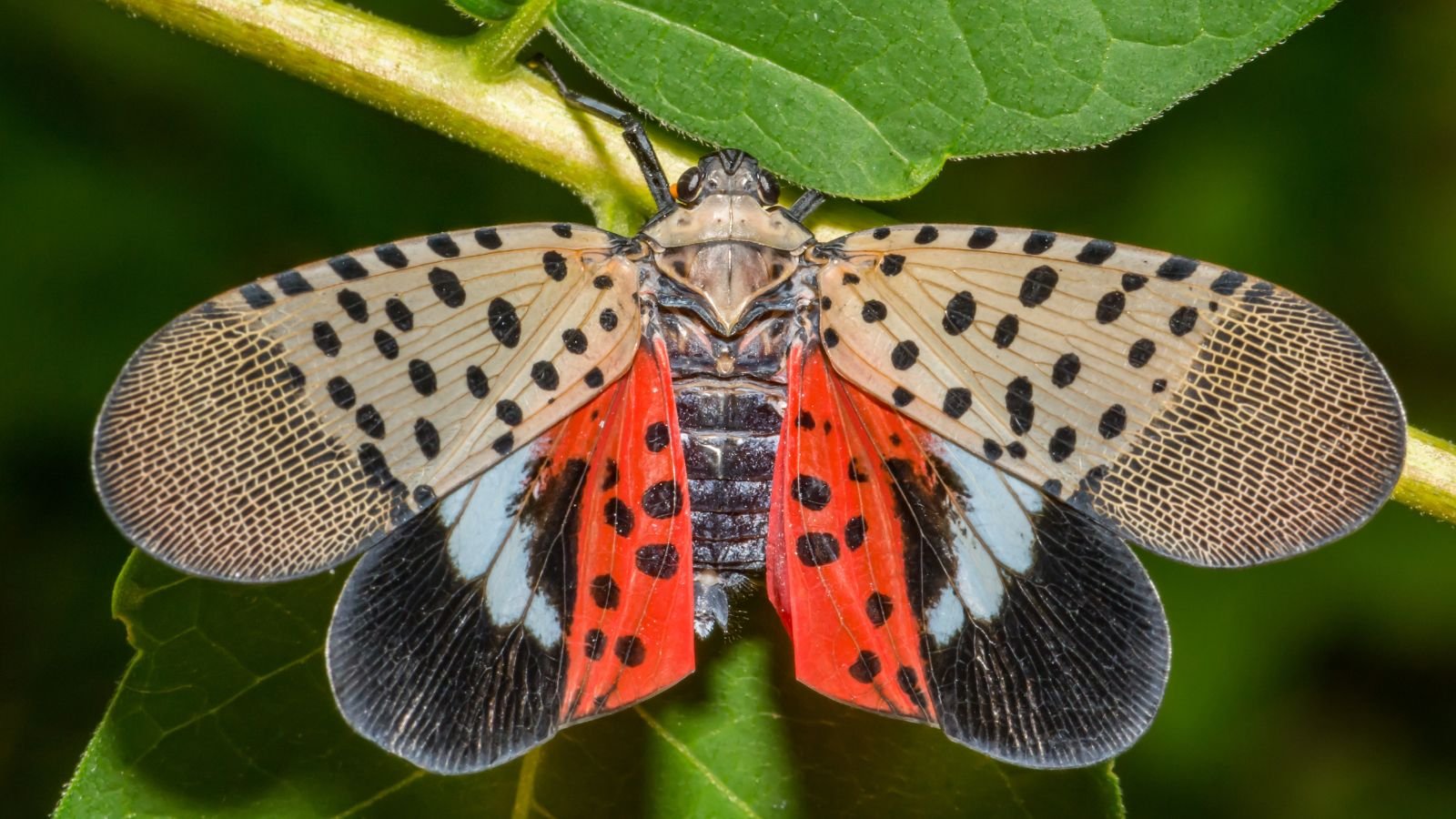
The spotted lanternfly is a colorful insect with piercing mouthparts. It’s native to Asia (China) but has become established on the East Coast of the United States. Spotted lanternflies feed on the sap of different plants, including trees, fruit trees, and vines.
They excrete a sticky substance called honeydew, which can attract mold and damage plants. Spotted lanternflies are also considered a nuisance because they swarm and fly in large numbers.
Red Imported Fire Ant

The Red Imported Fire Ant is a tiny terror, packing a painful sting. Not native to the US, they likely arrived through ship cargo. These aggressive ants form large colonies and displace native ant species. Their painful sting can be dangerous, especially for people with allergies. Red Imported Fire Ants also disrupt ecosystems by preying on insects and small animals.
Asian Long-horned Beetle

The Asian Long-horned Beetle is a nightmare for hardwood trees. This large beetle, not native to North America, bores into healthy trees and lays eggs. The larvae then eat the inside of the tree, weakening and eventually killing it. The Asian Long-horned Beetle can infect many different hardwood species. This includes valuable trees and urban landscapes.
